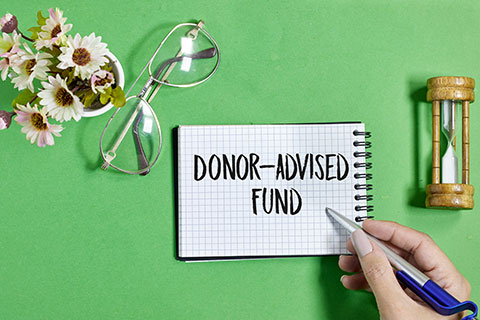The Pentera Blog
The New Gender Gap Among Highly Educated Donors
It's not surprising that new research substantiates that highly educated Americans are more likely to be philanthropic. But it is surprising who these highly educated Americans are most likely to be:
Women.
Women are the untapped market for planned giving that can't be ignored any longer, as Pentera President & CEO Claudine A. Donikian has been saying for some time now. Educational statistics document a trend that began in the 1960s that has now reached full fruition: more women than men now hold college and graduate degrees. And the gender gap is now widening in the opposite direction. See these statistics from the U.S. Census Bureau:
Bachelor's Degree or Higher by Gender*
(in millions and % female)
| Year 1940 1960 1980 1990 2000 2010 2013 | Males 2.02 4.63 12.83 18.16 23.25 29.16 31.73 | Females 1.39 (40.7%) 2.99 (39.3%) 9.36 (42.2%) 15.13 (45.4%) 21.59 (48.2%) 30.68 (51.3%) 33.78 (51.6%) |
*Age 25 and older
Source: U.S. Census Bureau, 2013
The tipping point actually occurred in 2006-2007. In 2006, males held 50.1% of all college degrees; by the next year women were ahead, with 50.6%.
While the disparity in favor of women is largest with bachelor's degrees, they now earn more advanced degrees as well—in 2013 women held 50.4% of all graduate degrees (master's degrees, doctorates, and professional degrees).
New research on educated donors
Numerous research studies have previously documented that education level is a predictor of charitable giving. A 2013 study by Texas Tech professor Russell James bears that out. James analyzed a massive study of older Americans being conducted by the National Institute on Aging. He found that having a college degree is among the top nonfinancial predictors of actually leaving a charitable estate gift after death.
He also found that the more education attained, the more likely an individual is to include a charitable recipient in an estate plan (a will or trust). In 2010, the most recent year for which statistics were available, 14.4% of those with graduate degrees included a charitable beneficiary, with the figures declining by educational attainment: 8.6% for a bachelor's degree, 5.3% for some college, 3.1% for high school graduates, and 1.7% for high school dropouts.
More education means more prospects
The other rather phenomenal trend shown in the census chart above is the vast number of Americans with college degrees: from 3.4 million people in 1940 to 65.5 million last year. That increase far outstrips the rise in population during that period: The total U.S. population is about 2½ times what it was in 1940, while there are almost 20 times the number of college graduates.
In other words, the pool of highly educated prospective donors is much larger. And many more of them are women.


